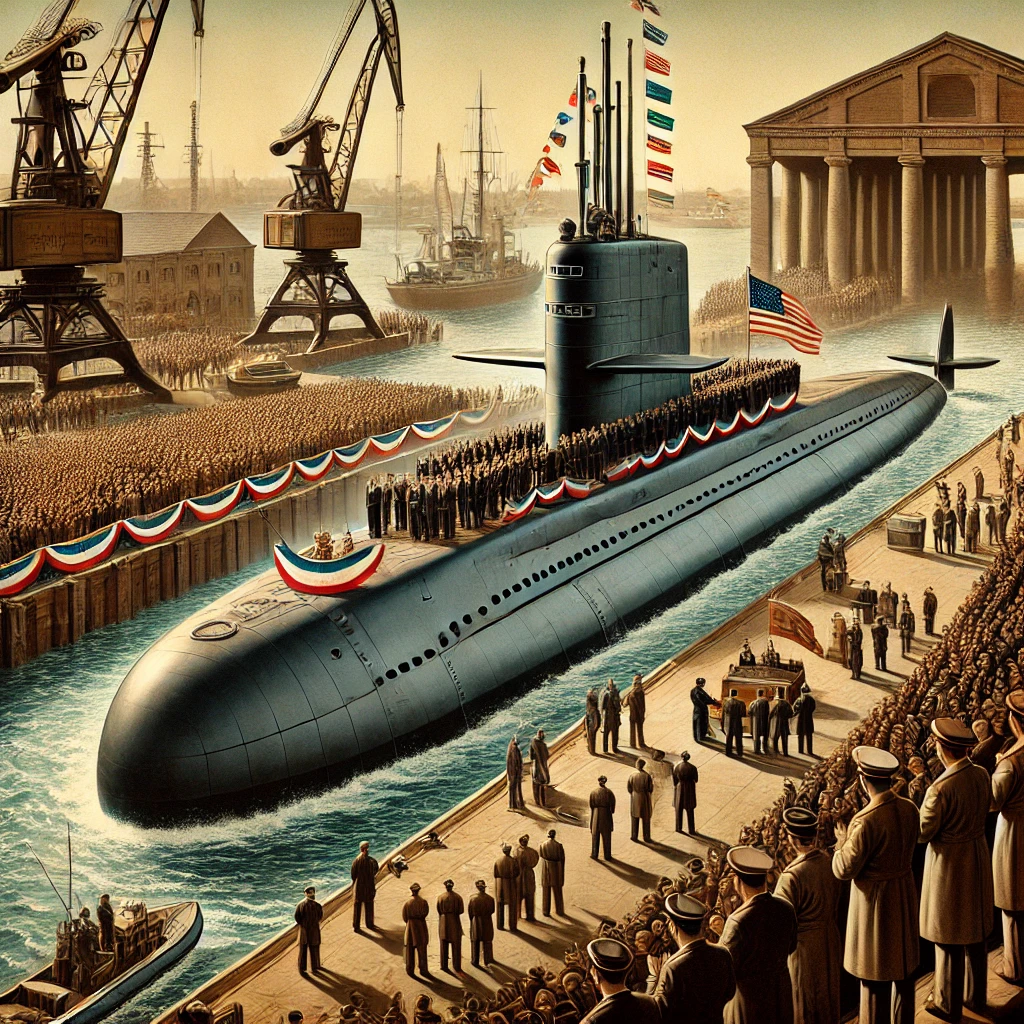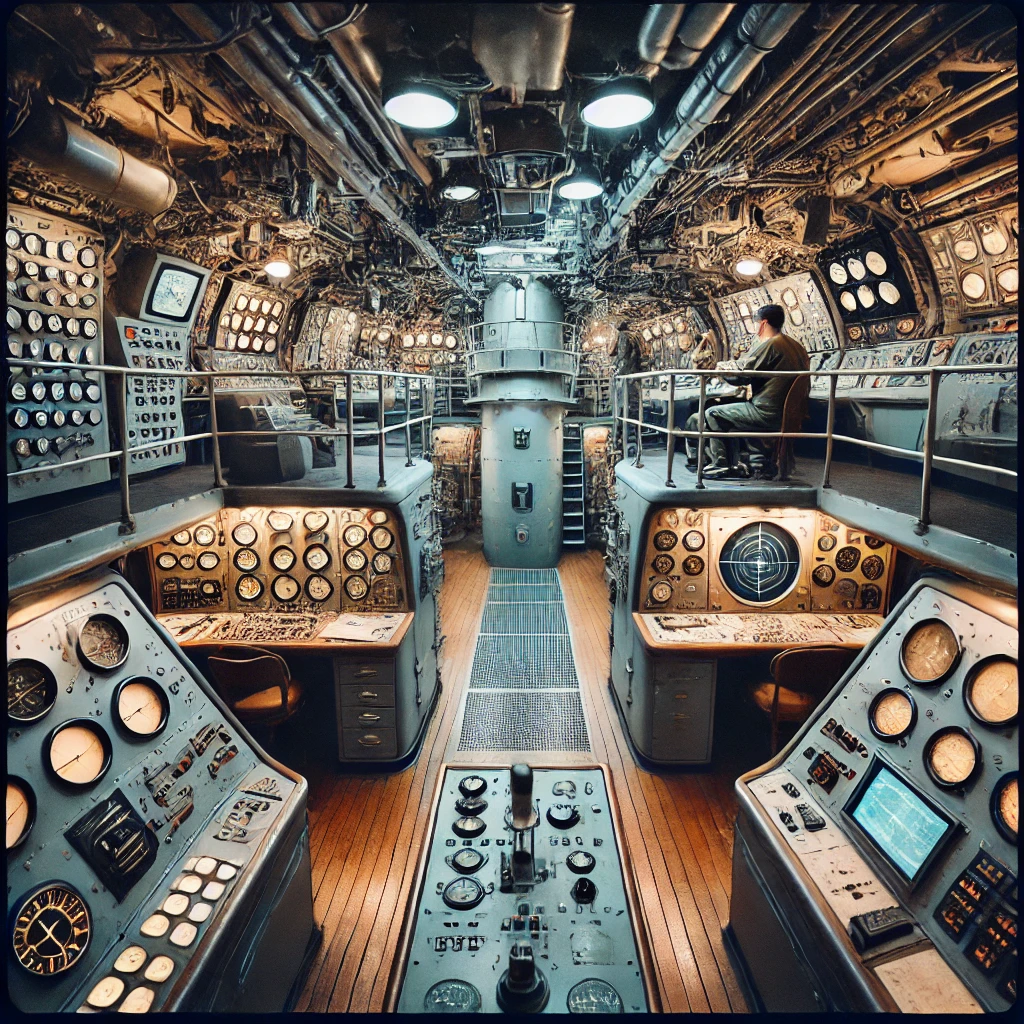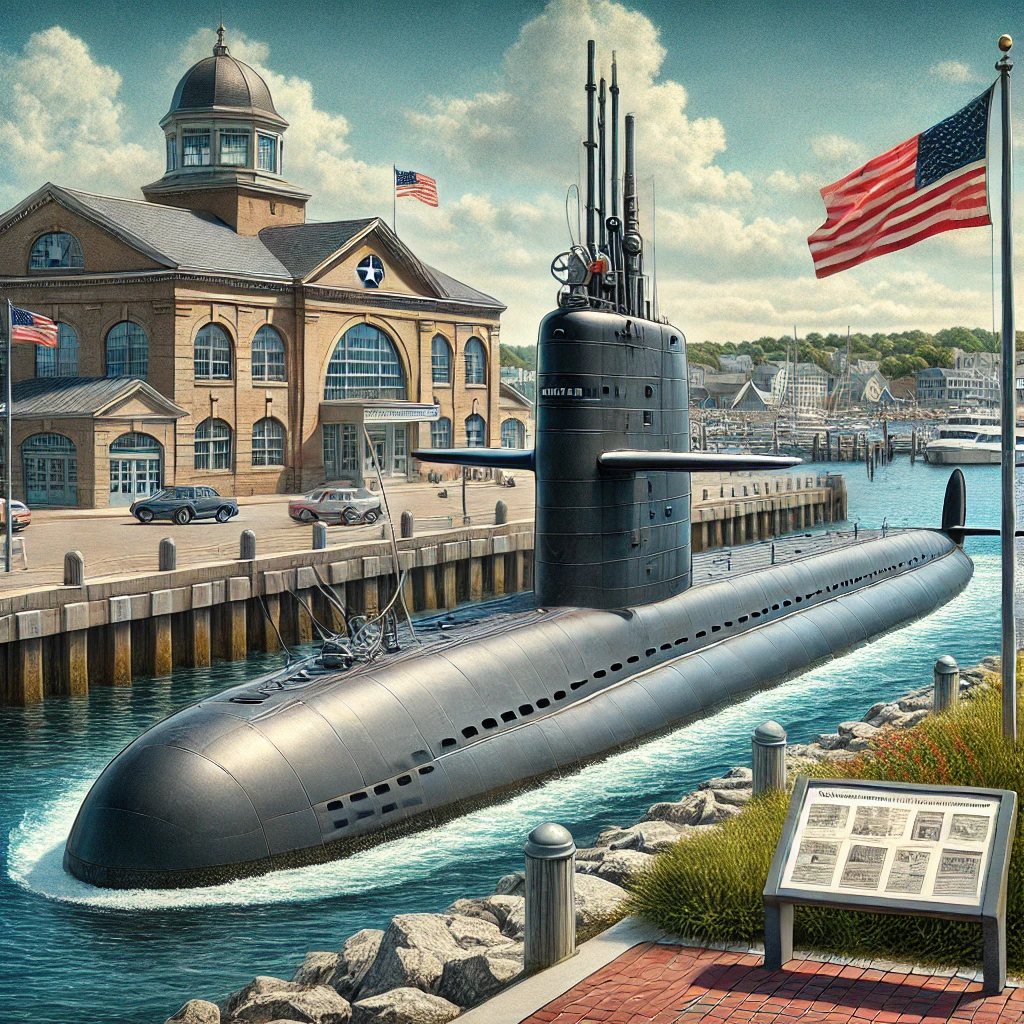A groundbreaking achievement in naval history occurred on January 21, 1954, with the launch of the USS Nautilus, the world’s first nuclear-powered submarine. This revolutionary vessel forever altered the landscape of naval warfare, showcasing the immense potential of nuclear energy for military and scientific purposes.

The Dawn of Nuclear-Powered Innovation
The USS Nautilus represented a remarkable leap forward in technological ingenuity. Built under the guidance of Admiral Hyman G. Rickover, the “father of the nuclear navy,” the submarine utilized a nuclear reactor to generate propulsion. Unlike its diesel-electric predecessors, Nautilus was not constrained by the need for regular surfacing to recharge batteries, granting it unprecedented endurance and operational range. Its launch demonstrated the successful harnessing of nuclear power for maritime use, paving the way for a new era of naval strategy.
The first trials of the USS Nautilus were a resounding success. Its initial message, “Underway on nuclear power,” signaled the dawn of a revolutionary chapter in naval history. Capable of traveling submerged at greater speeds and for far longer than any previous submarine, the Nautilus set the standard for the modern submarine fleet.

A Paradigm Shift in Naval Warfare
The introduction of the USS Nautilus marked a paradigm shift in naval warfare. Nuclear propulsion enabled submarines to operate stealthily beneath the waves for extended periods, changing the dynamics of maritime strategy. Nations around the world took note, and the development of nuclear-powered submarines became a priority for major military powers.
During the Cold War, the Nautilus and subsequent nuclear submarines played a pivotal role in maintaining a strategic balance. Their ability to carry nuclear missiles while remaining virtually undetectable provided a powerful deterrent against potential aggression. This new capability significantly influenced global military policies and the arms race between superpowers.
The Lasting Legacy of the USS Nautilus

The impact of the USS Nautilus extends far beyond its military applications. Its success demonstrated the viability of nuclear energy as a reliable and powerful source of propulsion, inspiring advancements in nuclear technology across industries. The principles of compact reactor design, safety protocols, and efficient energy use developed for the Nautilus were later adapted for civilian use, including nuclear power plants.
Today, the USS Nautilus serves as a museum ship at the Submarine Force Library and Museum in Groton, Connecticut. Visitors can explore its interior and learn about its groundbreaking technology and historical significance. The submarine remains a symbol of innovation, courage, and the transformative power of scientific progress.
